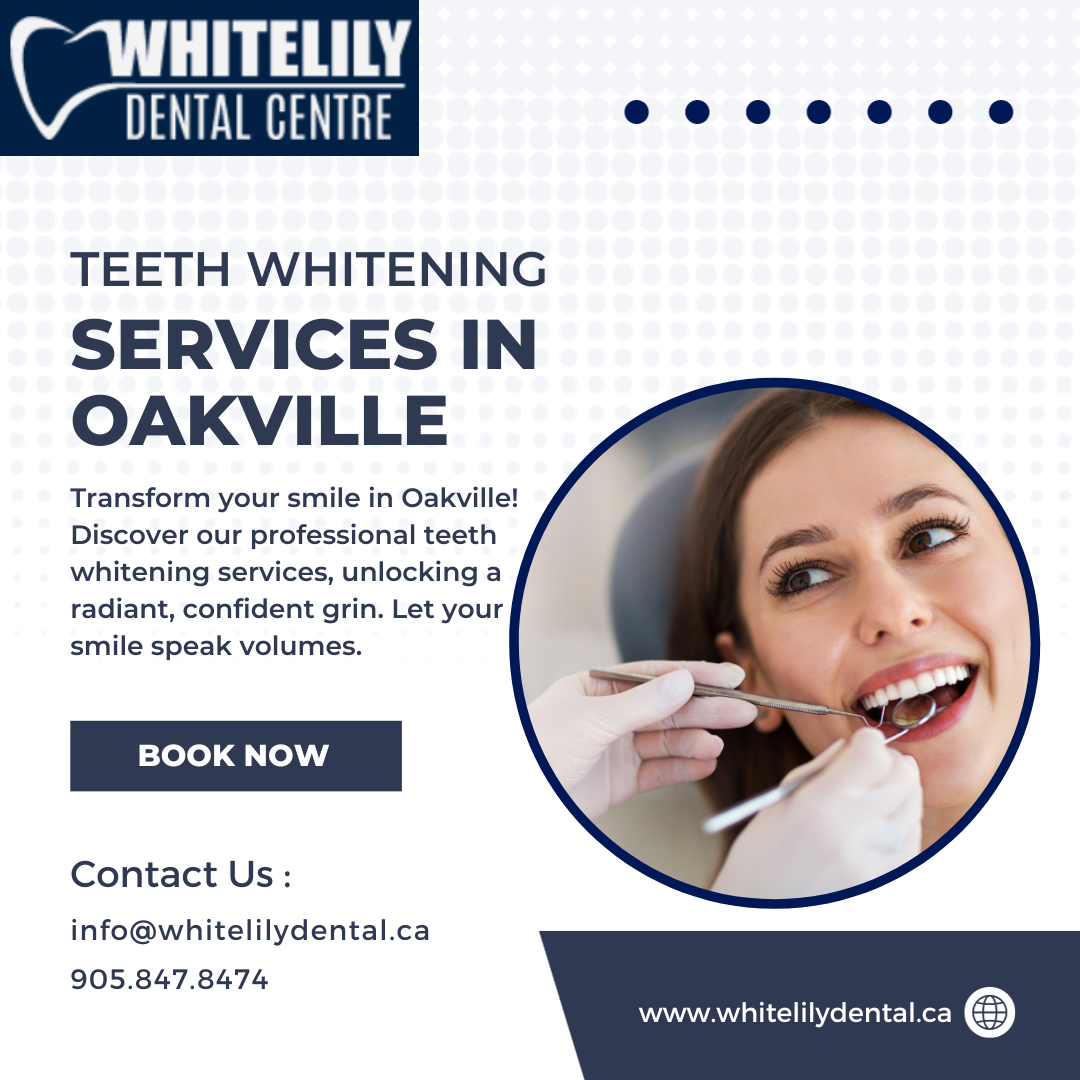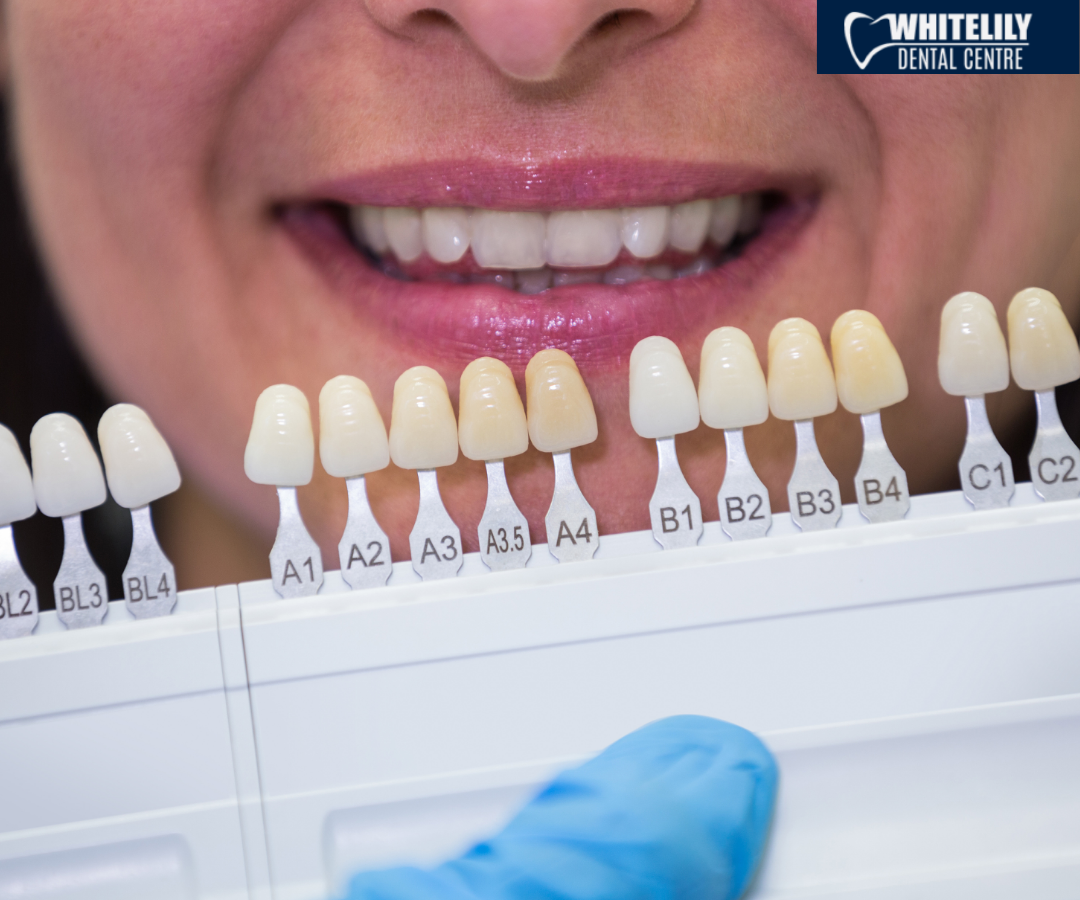The quest for a brighter, whiter smile has led many individuals to explore teeth whitening services offered by dental professionals. Whether seeking treatments at a Dental Office Near Oakville or intrigued by the advancements in cosmetic dentistry, understanding the science behind teeth whitening is key to appreciating the effectiveness of these procedures. In this article, we’ll delve into the scientific principles that underpin teeth whitening services in Oakville, shedding light on the process that transforms smiles.
The Anatomy of a Tooth:
To understand teeth whitening, it’s essential to grasp the basic anatomy of a tooth. The outer layer, known as enamel, protects the underlying dentin and pulp. Enamel is translucent, allowing the color of the dentin to influence the overall appearance of the tooth.
Causes of Tooth Discoloration:
Tooth discoloration can occur for various reasons, including aging, consumption of staining foods and beverages, tobacco use, and certain medications. Discoloration may affect the enamel or seep into the dentin, leading to extrinsic and intrinsic stains, respectively.
Mechanism of Whitening Agents:
Teeth whitening services in Oakville primarily utilize whitening agents, such as hydrogen peroxide or carbamide peroxide, to break down stains and discoloration. These agents penetrate the enamel and dentin, initiating a chemical reaction that alters the molecular structure of the staining compounds.
Oxygen Release:
Whitening agents release oxygen molecules upon contact with the tooth structure. These oxygen molecules enter the enamel and dentin, targeting the colored molecules responsible for staining. As the oxygen molecules interact with these compounds, they break them down into smaller, less pigmented fragments.
Disruption of Staining Molecules:
The oxygen molecules generated during the teeth whitening process disrupt the chemical bonds of staining molecules. This disruption breaks down the larger pigment molecules, making them less concentrated and visible. As a result, the overall appearance of the teeth becomes brighter and whiter.
Professional vs. Over-the-Counter Products:
Professional teeth whitening services, often performed at a Dental Office Near Oakville, use higher concentrations of whitening agents compared to over-the-counter products. This higher concentration, combined with the expertise of dental professionals, ensures more effective and controlled results.
Protective Measures:
To safeguard the gums and surrounding tissues during the whitening process, dental professionals use protective barriers or custom-fitted trays. These measures prevent the whitening agent from coming into direct contact with the soft tissues, minimizing the risk of irritation.
Duration and Frequency:
The duration and frequency of teeth whitening treatments vary based on the individual’s needs and the chosen method. In-office treatments typically require shorter durations, while at-home treatments may involve longer periods with lower concentrations of whitening agents.
Post-Whitening Sensitivity:
It’s common for individuals to experience temporary tooth sensitivity after teeth whitening. This sensitivity occurs as a result of the temporary opening of the enamel pores during the whitening process. Dental professionals may recommend desensitizing agents or adjustments in the treatment plan to manage sensitivity.
Longevity of Results:
The longevity of teeth whitening results depends on various factors, including oral hygiene practices, dietary choices, and lifestyle habits. Avoiding staining substances and maintaining good oral care can contribute to prolonged results.
Conclusion:
Teeth whitening services offered at a Dental Office Near Oakville are grounded in the science of breaking down staining compounds within the enamel and dentin. By understanding the principles behind teeth whitening, individuals can make informed decisions about their cosmetic dental treatments. Whether opting for professional in-office treatments or at-home whitening kits, the science behind teeth whitening enables individuals to achieve brighter, whiter smiles with confidence in the effectiveness of these transformative procedures.






